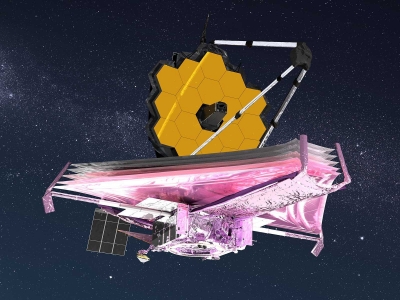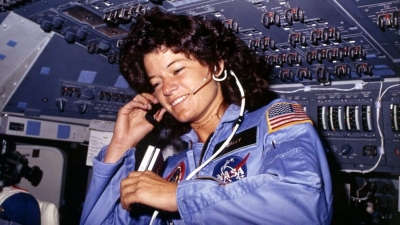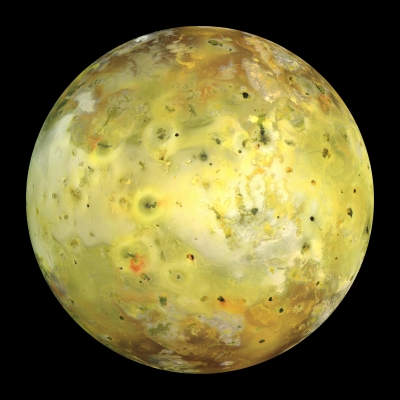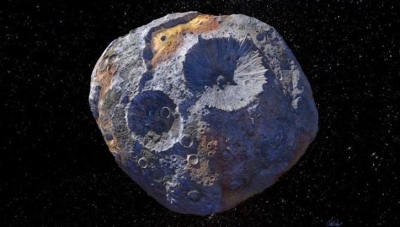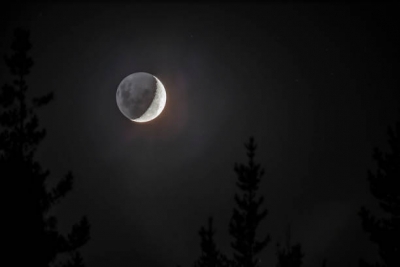
Whether it is the possibility of making contact with alien life, or the mere thrill of the unknown, UFOs have always intrigued us.
It’s a bird. It’s a plane. It’s a UFO! Unidentified Flying Objects or UFOS are exactly the stuff that legends are made of, and have since time immemorial held people in its thrall. From conspiracy theories of their sightings, portrayal in books and movies, their link to alien invasions, and more, have ensured that the topic has remained relevant even with the change of governments and lapse of time. Naturally, a day dedicated to these mysterious flying saucers was just waiting to happen. Earlier, June 24 was allotted as the day of celebration, for, according to aviator Kenneth Arnold, it was on that day that nine unidentified objects had flown over Washington in the 1990s. However, July 2 was officially allotted as World UFO Day to commemorate the supposed UFO crash incident that occurred in Roswell, New Mexico, in 1947.
The Rosewell Incident It famously refers to the 1947 recovery of balloon debris from a ranch near Corona, New Mexico, by U.S.Army Air Forces officers from the Roswell Army Air Field, and conspiracy theories which emerged decades later, claiming that the debris involved a flying saucer and that the truth had been hushed up by the US government.
Throughout 1947, people across the U.S.. and other countries had been reporting sightings of strange objects in the sky and claiming that. they were alien-piloted spacecrafts In the midst of this the flying saucer furore, in July that year, some unusual material fell on the ground near Roswell. Soon after, an information officer at the Roswell Army Air Field (RAAF) issued an unauthorised press release stating that a flying disk” had been retrieved from a local ranch. The Roswell Daily Record immediately printed the story headlined “RAAF Captures Flying Saucer On Ranch in Roswell Region”
The officer was admonished and the Army duly retracted the statement and said that the crashed object was a conventional weather balloon. While the incident slowly died down, it eventually laid the ground for several hoaxes in the future.
Picture Credit : Google

